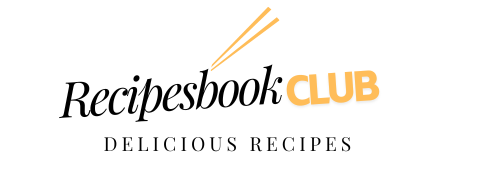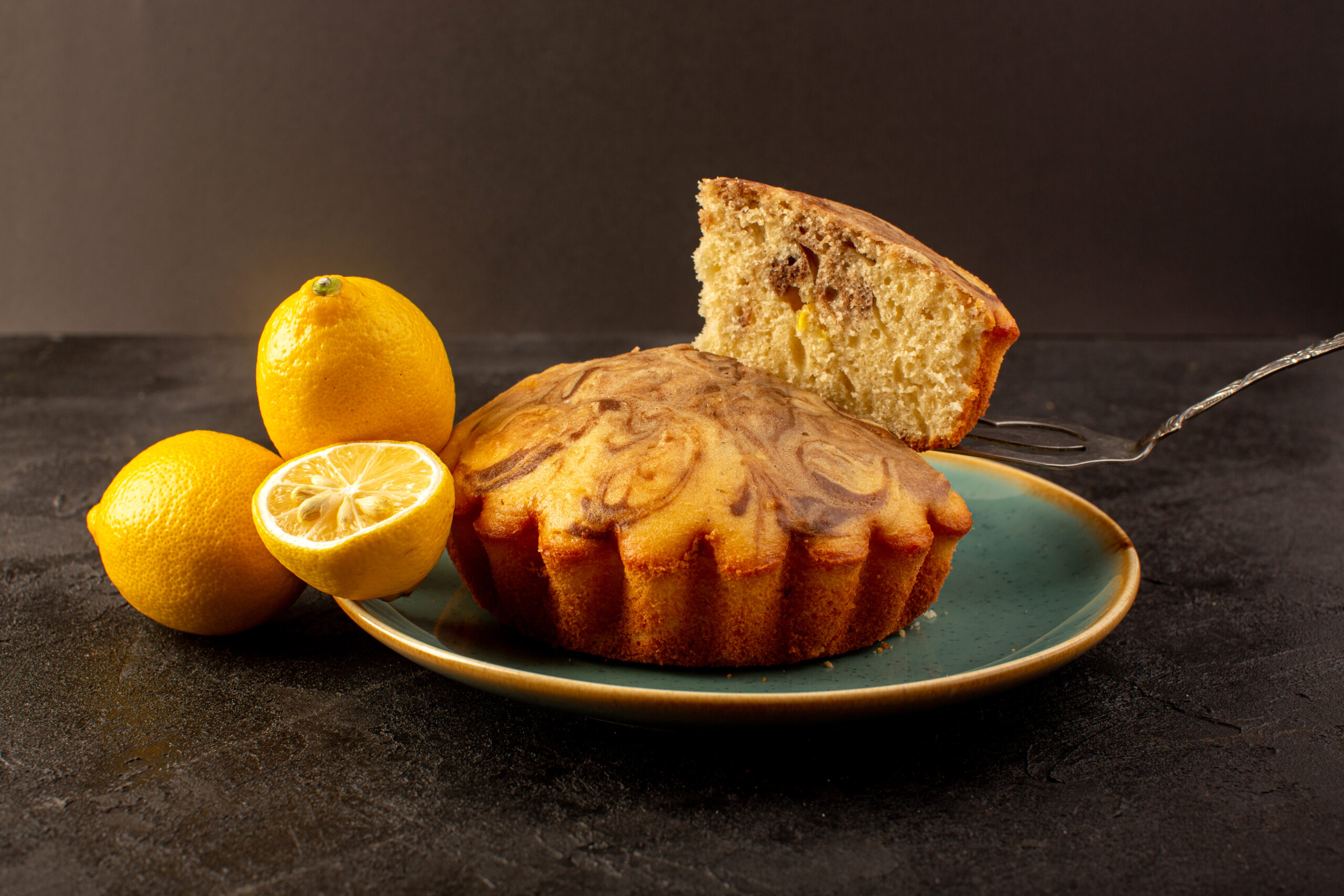In recent years, the demand for gluten-free foods has surged, driven by the increasing awareness of celiac disease, gluten intolerance, and a growing preference for healthier dietary choices. Among the many gluten-free treats available, gluten-free yellow cake stands out as a classic and versatile dessert. Whether you’re hosting a birthday party, celebrating an anniversary, or simply satisfying a sweet craving, this cake offers a tender, moist texture and rich flavor without the need for wheat flour.
Understanding Gluten-Free Yellow Cake
Yellow cake, traditionally made with wheat flour, is characterized by its soft, fluffy crumb and slightly buttery taste. When adapted to be gluten-free, the challenge lies in replicating these familiar textures and flavors while ensuring the cake remains light and moist.
To achieve this, gluten-free yellow cake recipes typically replace wheat flour with a combination of alternative flours and starches. Common substitutes include rice flour, almond flour, sorghum flour, and coconut flour. The goal is to create a cake that mimics the texture and flavor of a traditional yellow cake, while also providing a gluten-free solution for those with dietary restrictions.
Key Ingredients in Gluten-Free Yellow Cake
- Gluten-Free Flour Blend: A combination of rice flour, tapioca flour, potato starch, and sometimes xanthan gum or guar gum serves as the base for gluten-free yellow cake. These ingredients work together to provide structure, moisture, and elasticity, which is often lost in gluten-free baking.
- Sugar: Granulated sugar, often in combination with brown sugar, helps to sweeten the cake while also contributing to its moistness.
- Eggs: Eggs play an essential role in both the structure and richness of the cake. In addition to binding the ingredients, eggs also help to provide the desired fluffiness and moist texture that makes yellow cake so beloved.
- Butter: Butter adds richness and flavor to the cake, contributing to its tender crumb. Some recipes may use oil or dairy-free alternatives for those with specific dietary preferences.
- Baking Powder: Gluten-free baking powder is used as the leavening agent, ensuring the cake rises properly. It’s important to choose a gluten-free version to maintain the integrity of the cake.
- Vanilla Extract: Vanilla extract enhances the overall flavor profile, giving the cake its signature taste. High-quality vanilla extract can elevate the cake’s flavor significantly.
Tips for Baking a Perfect Gluten-Free Yellow Cake
- Use a Quality Flour Blend: Not all gluten-free flour blends are created equal, and the right blend will have a significant impact on the texture of the cake. A good flour blend typically includes a mix of rice flour, starches, and binding agents like xanthan gum.
- Room Temperature Ingredients: Ensure that your butter, eggs, and other ingredients are at room temperature before mixing. This helps achieve a smoother batter and better texture.
- Don’t Overmix the Batter: Overmixing can lead to a dense and heavy cake. Gently fold the ingredients together until just combined to maintain a light and airy texture.
- Proper Baking Time: Gluten-free cakes can sometimes require a slightly longer baking time than their wheat-based counterparts. Be sure to test the cake for doneness by inserting a toothpick into the center—if it comes out clean, the cake is ready.
- Allow Cooling Time: After baking, let the cake cool completely before frosting or serving. This prevents the cake from becoming too crumbly.
Variations and Serving Suggestions
One of the benefits of gluten-free yellow cake is its versatility. It can be customized in a variety of ways to suit different tastes and occasions. Here are a few ideas:
- Layer Cake: Stack multiple layers of gluten-free yellow cake with frosting between each layer. Classic buttercream, chocolate ganache, or cream cheese frosting work beautifully with this cake.
- Cupcakes: Transform your gluten-free yellow cake into cupcakes for individual servings. These are perfect for parties or special events.
- Fruit or Filling: Enhance the flavor by adding fresh fruit, such as berries or sliced peaches, or a layer of fruit preserves between the cake layers.
- Vegan Option: For those following a vegan diet, substitute eggs with flax eggs (1 tablespoon ground flaxseed mixed with 3 tablespoons water) and use dairy-free butter or oil.
The Gluten-Free Cake Market
The gluten-free cake market has evolved to meet the needs of consumers who avoid gluten for health or lifestyle reasons. While store-bought gluten-free yellow cakes can be convenient, many people prefer homemade cakes for the control over ingredients and customization. Gluten-free yellow cake is a perfect example of how traditional recipes can be adapted to meet modern dietary needs without sacrificing flavor or texture.
Conclusion
Gluten-free yellow cake is a delectable dessert option for anyone seeking a sweet, tender, and versatile treat without gluten. By using high-quality gluten-free flour blends and a few simple ingredients, it’s possible to create a cake that’s just as enjoyable as its traditional counterpart. Whether you’re baking for a special occasion or just indulging in a slice for yourself, this cake proves that gluten-free baking can be both satisfying and delicious.

